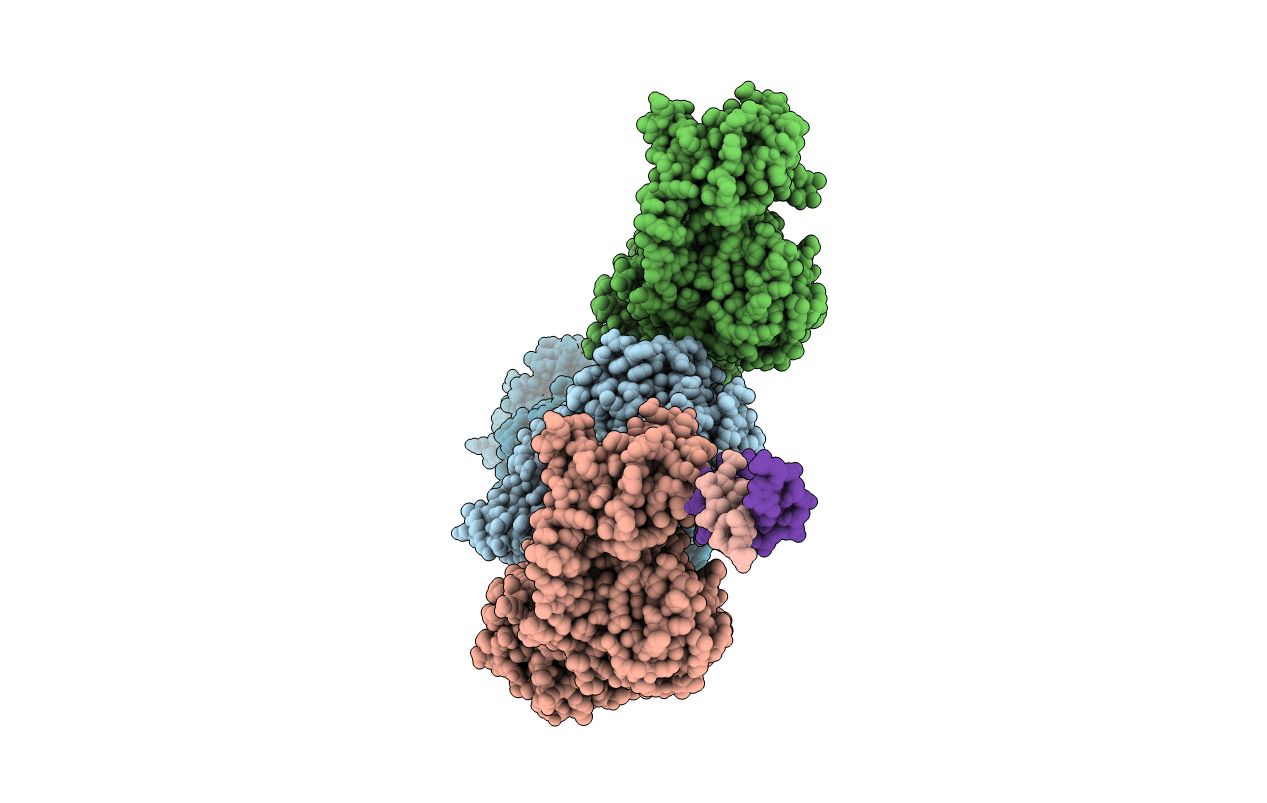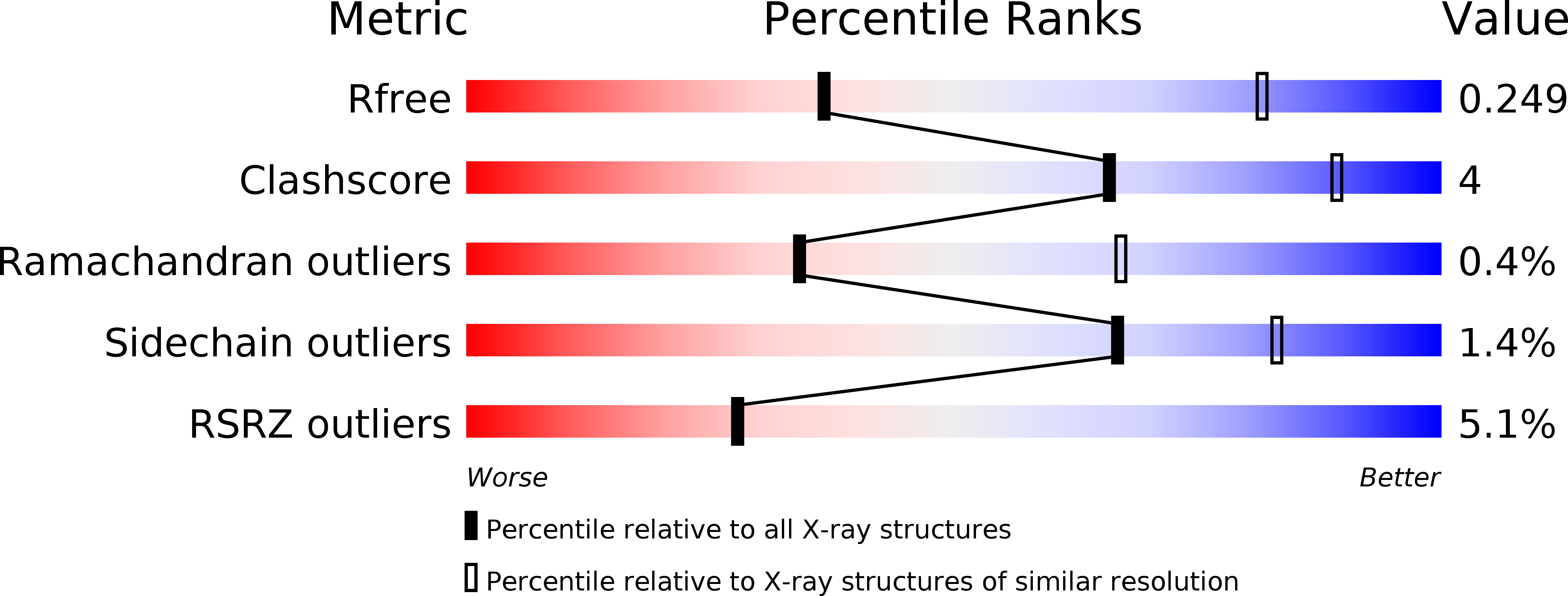
Deposition Date
2014-07-30
Release Date
2015-01-21
Last Version Date
2024-10-23
Entry Detail
PDB ID:
4U7D
Keywords:
Title:
Structure of human RECQ-like helicase in complex with an oligonucleotide
Biological Source:
Source Organism:
Homo sapiens (Taxon ID: 9606)
synthetic construct (Taxon ID: 32630)
synthetic construct (Taxon ID: 32630)
Host Organism:
Method Details:
Experimental Method:
Resolution:
3.40 Å
R-Value Free:
0.24
R-Value Work:
0.20
R-Value Observed:
0.21
Space Group:
P 1 21 1


